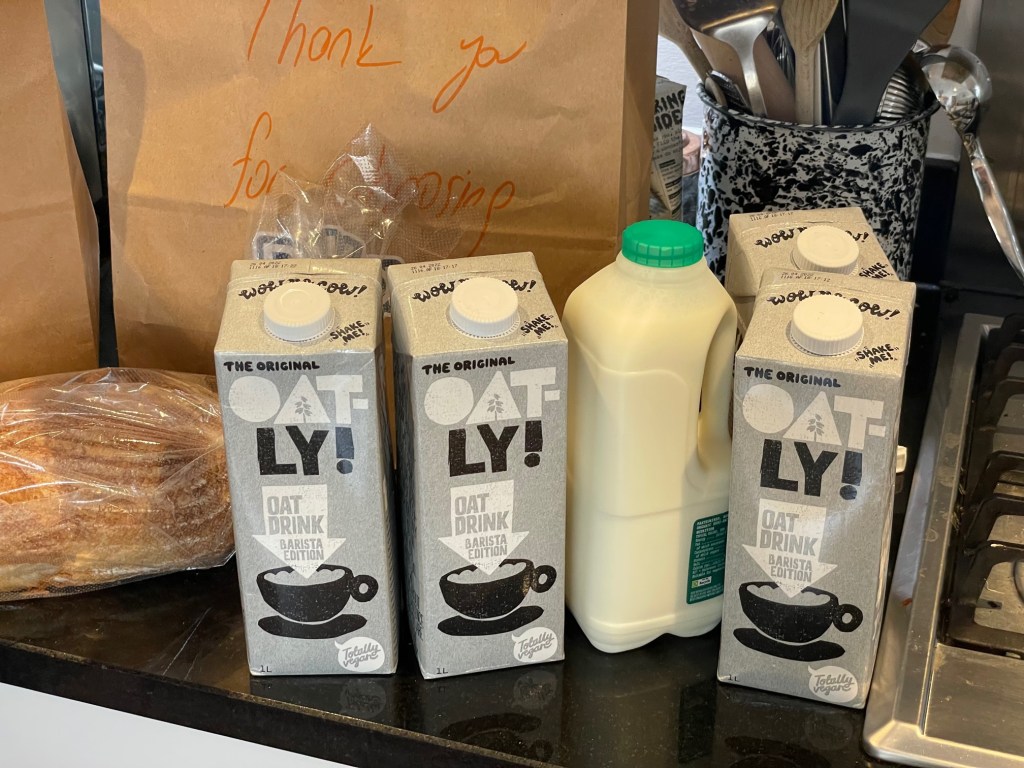I’ve just bought what has to be the best value mechanical keyboard available in the UK right now, the Trust GXT 1863 Thax Mechanical gaming keyboard. Thanks to a pretty exceptional deal on Amazon it’s going for just £23 including delivery (if you have Prime), and if you can get it for the same price I would recommend it as a way to test out the concept of a “mechanical” keyboard.

I’ve bought it to type on, not play games. I commonly find that the best, more ergonomic and practical peripherals tend to be labelled “gaming” devices these days. I use a Dell “gaming” monitor, a Logitech G-Pro “gaming” mouse, and now I have a “gaming” keyboard. In my day job as a journalist I don’t play many games, but I find they are all extremely effective for standard office work like word processing, editing videos, or working in a content management system.
What is a mechanical keyboard?
Mechanical keyboards are what keyboards always used to be: sturdy plastic keys that “travel” or move up and down when you press them, usually making a clicky sound to some degree. Most keyboards you get on laptops and even on desktops are what are called “butterfly” keyboards which “travel” much shorter distances, and are much mushier when you press them because of this and the softer plastic they sit on.
Typing like on the Trust GXT 1863 Thax?
You can very easily find nerds on YouTube testing the sound of different keyboards, and this one is no different. Here’s what the Trust GXT 1863 sounds like (I’ve embedded the video at the exact time where they test the keys):
Nice, right? A bit like a more plasticy version of a typewriter. The extra sound does take a bit of time to get used to, and I wouldn’t take it into a library to use, but in practice it creates a nice bit of clickety-clakety white noise which helps you get into the flow of typing.
Mechanical vs Butterfly keyboards
The biggest difference when typing compared to butterfly keyboards is not the sound. In fact, if you’re coming from something like an Apple Keyboard you’ll find the biggest change is the fact that it sits higher, and that the keys are much closer together. That makes touch typing much easier, and so far I’m finding my typing to be much more accurate.
Other features
This particular keyboard has fixed backlights which are multicoloured like the rainbox, one of the few downsides of the “gaming” peripheral phenomenon – subtle it is not. It also has some functions like shortcuts for a calculator, back and skip in music, volume, and opening a Window, but none of that is particularly exciting or useful.
Do I recommend the Trust GXT 1863 Thax keyboard?
Yes, if you can pick one up for less than £25 then go ahead and order it. Typically mechanical keyboards are listed for sale at much higher prices. Even RTings list of the best mechanical keyboards lists the best budget one at around £100. Before you jump in, buy one of these instead and see if you like it.

























